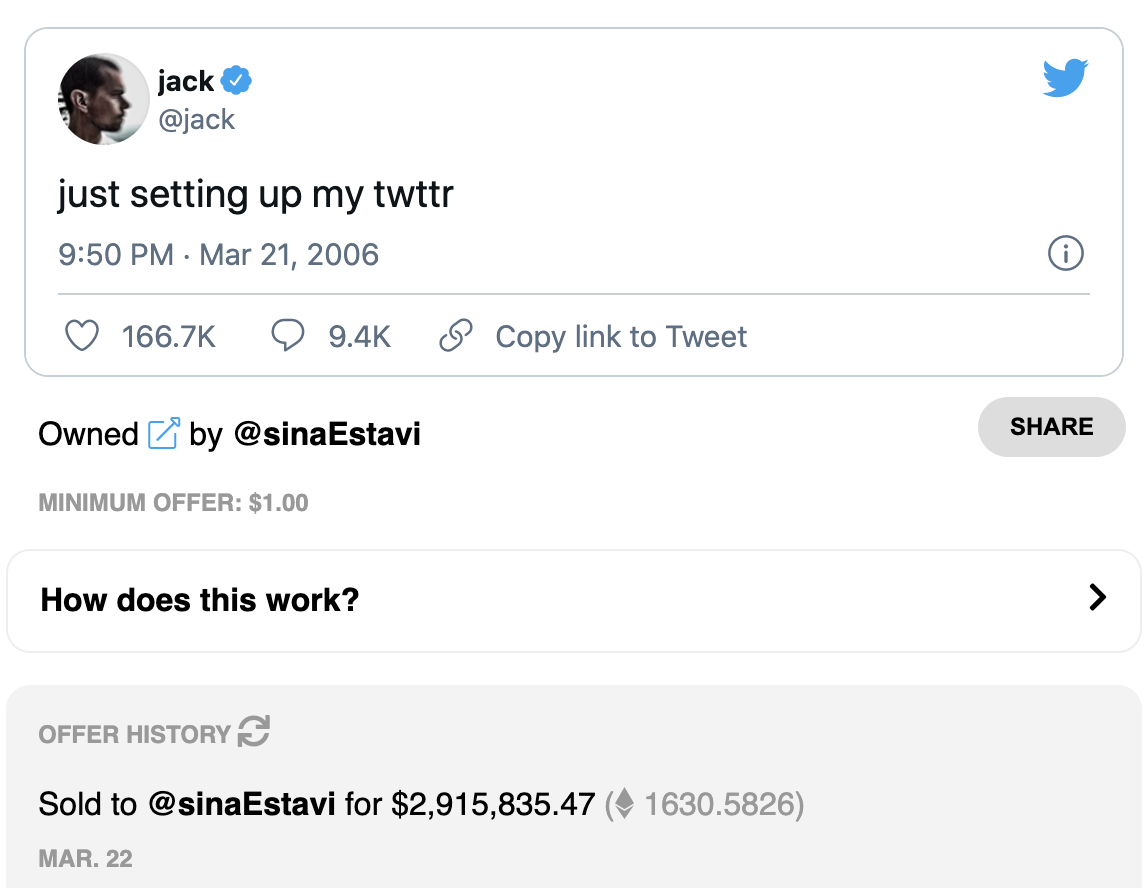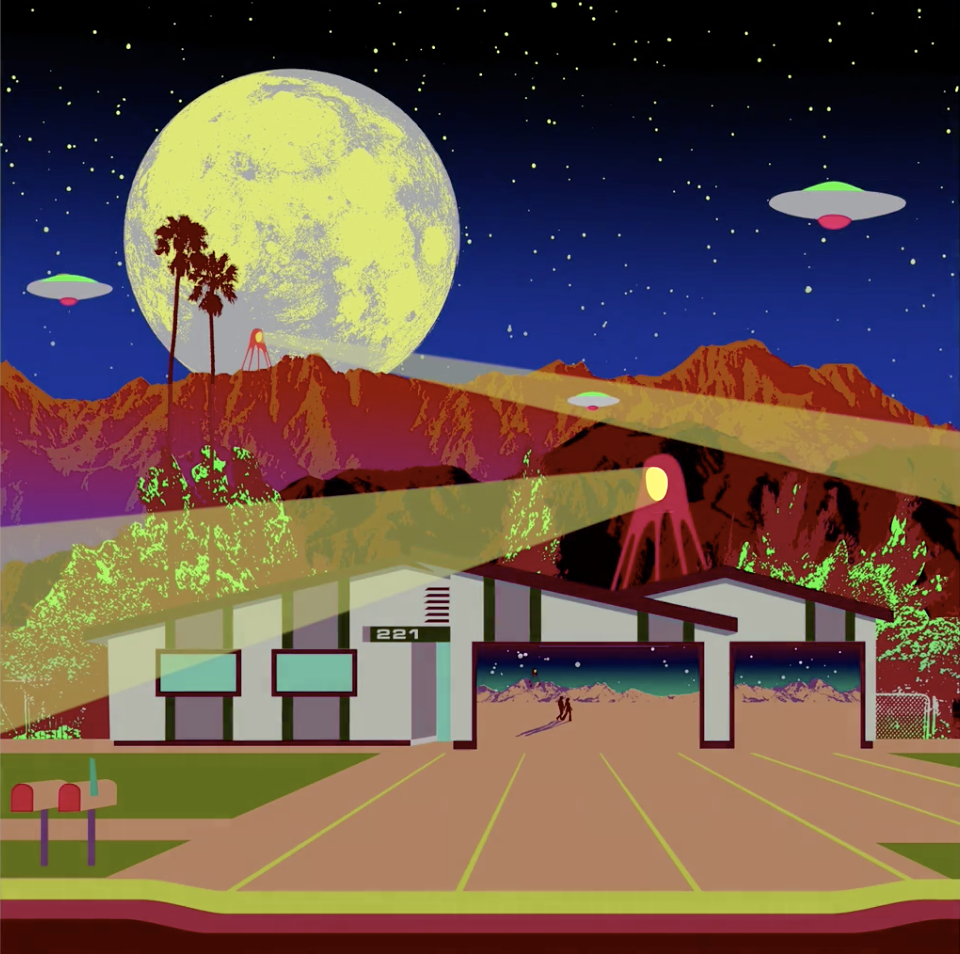TL;DR
Massive interest in non-fungible tokens has led to a boom in crypto-collectibles and NFT art. These are two of the most prominent use cases in the DeFi ecosystem, but they aren’t the only applications. Scarcity and uniqueness make non-fungible tokens a good match for real-world assets, logistics, music royalties, and more. As NFTs mature, we can expect to see further adoption of more experimental use cases.
Introduction
Before non-fungible tokens, creating digital scarcity for assets was incredibly difficult. Although there are copyright protections in place, it's relatively easy for consumers to copy or pirate digital artwork.
The development of NFTs has brought us crypto art and digital collectibles, but it doesn’t stop there. From real estate to logistics, you can use NFTs to prove the authenticity of many unique and collectible goods.
While the NFT ecosystem is still young, there are many interesting projects to explore, and some are already generating great value for creators and consumers.
Art NFTs
Non-fungible tokens have helped solve long-standing problems with scarcity in digital art. How do you keep virtual artwork rare when you can digitally copy it? While there’s fake art in the real world too, we’re usually able to authenticate them.
Crypto art gets most of its value from verifying its authenticity and ownership digitally. While anyone can look at a CryptoPunk on the Ethereum blockchain and download or save the image, we can't prove we own the original.
For example, the anonymous digital artist Pak created a series of NFTs, each identical apart from the name. With names like The Cheap, The Expensive, and The Unsold, Pak gave each piece a different value based on the title. The collection makes us think about what gives value to an artwork.
When it comes to NFTs, the value isn’t necessarily about the attached artwork. Sometimes, what is more important is proving ownership of that particular asset. This aspect is what makes crypto art one of the most popular NFT use cases out there.

Collectible NFTs
Whether it's a PancakeSwap Bunny or a Binance Anniversary NFT, there's a massive demand for digital collectibles. This use case has even hit the mainstream with the NBA NFT collectible trading cards NBA Top Shot.
Along with digital NFT art, these non-fungible tokens make up a significant proportion of sales on NFT marketplaces like Opensea, BakerySwap, and Treasureland.There’s a lot of crossover with crypto art, and sometimes an NFT can be both a collectible and an art piece. These two use cases are the most developed we currently have.
Jack Dorsey's first tweet is an excellent example of an NFT collectible. While a CryptoPunk is collectible and visually artistic, Dorsey's NFT has value purely for its collectibility.

Dorsey sold the NFT using Valuables, a platform that tokenizes tweets. You can place an offer on any tweet. Anyone can swoop in with a counter-offer and outbid you. Then, it's up to the tweet author to accept or reject an offer. If they accept, the tweet will be minted on the blockchain, creating a 1-of-1 NFT with their autograph.
Each NFT is signed by its verified creator's Twitter @handle, meaning that only the original creator can mint their tweets as NFTs. This process creates a digital, rare collectible to trade or keep. The concept of selling a tweet can be a bit tricky to grasp, but it's a great example of how NFTs create collectibility. It's essentially the digital version of a signed autograph.
Finance NFTs
It's easy to forget that not every NFT derives value from a song, picture, or collectible item. In decentralized finance (DeFi), NFTs also provide unique financial benefits. Most will have some artwork too, but their value comes from their utility.
For example, JustLiquidity offers an NFT staking model. A user can stake a pair of tokens in a pool for a certain period and receive an NFT to access the next pool. The NFT acts like an entrance ticket and is destroyed once you participate in the new pool. This model creates a secondary market for these NFTs based on the access they provide.
Another example is BakerySwap’s NFT food combos that provide increased staking rewards for holders. By contributing BAKE, you will receive an NFT combo that provides a variable amount of staking power. Users speculate on these combos, sell them on the secondary market, or use them for staking. This combination of NFTs with gamification and DeFi creates another interesting use case for non-fungible tokens.

Gaming NFTs
Gaming has a huge demand for unique items that are tradable and purchasable. Their rarity directly affects their price, and gamers are already familiar with the idea of valuable, digital items. Micro-transactions and in-game purchases have created a multi-billion dollar gaming industry that could tap into NFTs and blockchain technology.
It's also an exciting area in terms of what an NFT represents. Tokens for video games combine aspects of art, collectibility, and utility for players. However, when it comes to big-budget video games, NFT implementation is a long way off.
In the meantime, other projects have actively built blockchain technology into their games. Axie Infinity and Battle Pets are both Pokémon style games with tradable pets and items. You can also purchase and sell these tokens on external marketplaces (peer-to-peer sales).
Gaming NFTs can be cosmetic, but many have utility too. Each Axie pet has a set of abilities for battling. These abilities also affect the pet's value when traded. A CryptoKitty can be extremely valuable just for its desirable breeding attributes. Determining the value of each pet depends on a combination of rare looks, features, and utility. In the example below, we don’t see just one desired, rare aspect but multiple.

Music NFTs
Like an image file or video, you can also attach audio to an NFT to create a collectible piece of music. Think of it as a digital “first edition” of a record. Attaching a song to an NFT is similar to our art example, but there are other use cases.
A big issue for musicians is getting a fair share of royalties. But there are at least two possible ways to achieve a balanced outcome: blockchain-based streaming platforms and blockchain royalty tracking. Competing with Amazon Music or Youtube for streaming services is difficult for small blockchain projects. Even when a giant like Spotify purchased a blockchain royalties solution called MediaChain in 2017, there were no real benefits for artists.
In the meantime, smaller projects have ended up working mainly with independent artists. Rocki on BNBinance Smart Chain (BSC) gives independents a platform to sell royalties and stream their music. Their first royalty NFT sale on the platform raised 40 ETH for 50% royalties using the ERC721 token standard.
Whether this model will become more popular or not will depend on its adoption by larger streaming services. Combining music with NFTs is an excellent idea for a use case, but it might struggle to reach success without the support of music labels.

Real-world asset NFTs
Linking real-world assets with NFTs can digitize the way we prove ownership. For example, in real estate, we typically deal with physical property deeds. Creating tokenized digital assets of these deeds can move highly illiquid items (like a house or land) onto the blockchain. When it comes to this application, we haven't seen regulators provide much support so far. It's still very much in development but is one to look out for in the future.
In April 2021, Shane Dulgeroff created an NFT representing a property for sale in California. It also has a piece of crypto art attached to the token. Anyone who wins the auction will receive the NFT and ownership of the house. However, the exact legal situation of the sale and the rights of the buyer or seller are uncertain.

When it comes to smaller items, like jewelry, an NFT can help prove legitimate ownership when reselling. For example, a genuine, ethical diamond usually comes with a certificate of authenticity. This certificate is also a way of proving you have ownership rights. Anyone trying to resell the item without the certificate cannot confirm its authenticity and may have problems convincing buyers they are the rightful owner.
The same concept is possible with NFTs. By having an NFT associated with an item, owning the NFT can become just as important as owning the asset. You can even embed the NFT into an item with a physical cold storage wallet. As we see the Internet of Things develop, we will likely see more NFTs being used to represent real-world assets.
Logistics NFTs
Blockchain technology can be useful in the logistics industry as well, particularly because of its immutability and transparency. These aspects ensure that supply chain data remains authentic and reliable. With food, commodities, and other perishable goods, it’s important to know where they have been and for how long.
An NFT also has the added benefit of representing unique items. We can use an NFT to track a product that contains meta-data on its origins, journey, and warehouse location. For example:
A high-end pair of luxury shoes are created at a factory in Italy. It's assigned an NFT you can quickly scan on its packaging.
Timestamped metadata is included of when and where the shoes were created.
As the product goes through the supply chain, the NFT is scanned, and new timestamped metadata is added. The data could include its warehouse location and time of arrival or departure.
Once the shoes arrive at their final destination, a store can scan them and mark them as received. An exact detailed history is available to view and confirm the shoes' authenticity and logistic journey.
There are a lot of hypothetical ways to implement NFTs into the supply chain. All of them, however, require each stage of the chain to use the same infrastructure. With so many different players and stakeholders involved globally, it can be challenging to implement these systems in real life. This factor has led to only a minimal number of real-life use cases.
Currently, MAERSK's TradeLens system and IBM's Foot Trust are two examples of large blockchain logistics solutions. Both use Hyperledger Fabric, an IBM blockchain that supports the use of NFTs. However, it's unclear if NFTs play a role in their operations.
Closing thoughts
With the popularity of NFTs growing, there's a good chance we'll see even more ideas and use cases in the future. Currently, not every application for NFTs has had enough time to go beyond an idea or a small project. Some may turn out to not be practical or popular. However, for more fundamental and straightforward issues, like the scarcity of art and collectibles, NFTs are certainly here to stay.










